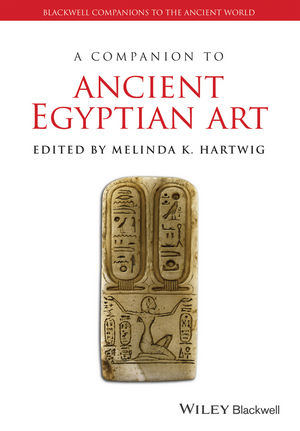Article Introduction
The ancient Egyptians conveyed messages to a particular audience by various means, which included written texts, statuary, or two-dimensional representations. This organized program of publicity was used to propagate specific and selected information. Messages emanating from the royal palace were intended to communicate well-defined statements about royal power and allegiance to the crown, while those from private individuals were meant to demonstrate high social status. The crown’s intended audience was quite simply the country’s population, while private officials aimed at impressing their own peers.
Polemical or ideological tracts produced by the palace (Blumenthal 1970; Grimal 1986) and private autobiographies written on stelae or tomb chapel walls (for Old Kingdom texts, see Kloth 2002; for the First Intermediate Period, see Coulon1997; for the Middle Kingdom, see Doxey 1998; for the New Kingdom, see Guksch 1994; for Third Inter-mediate Period texts, see Jansen-Winkeln 1985; and for the Late Period, see Otto 1954) contained obvious propagandistic elements. A nobleman or high official could boast of his close relationship to the king, his eloquence, and unsurpassed judgment, recount the stages of his career, or promote the ethical values of his time (Gnirs 2001). Artistic creations were also effective in delivering the same messages. This impact should, perhaps, not be surprising given the highly functional aspect of ancient Egyptian art, as has been discussed elsewhere in this book (for a different approach to this topic, see Baines 1994).
Publication Type
- Article



